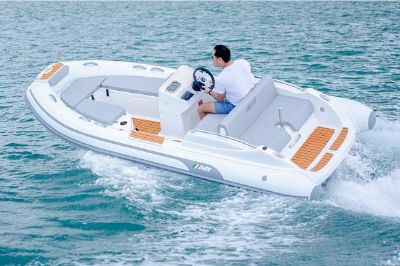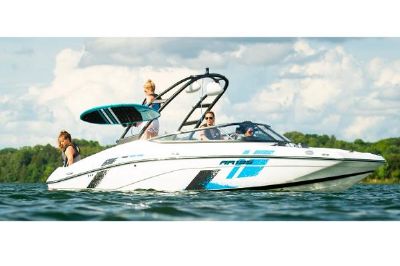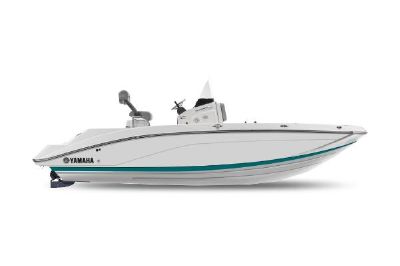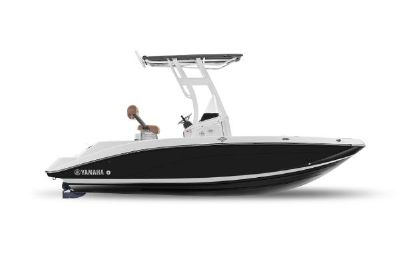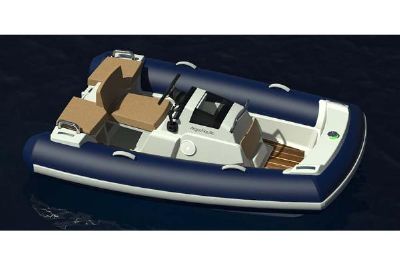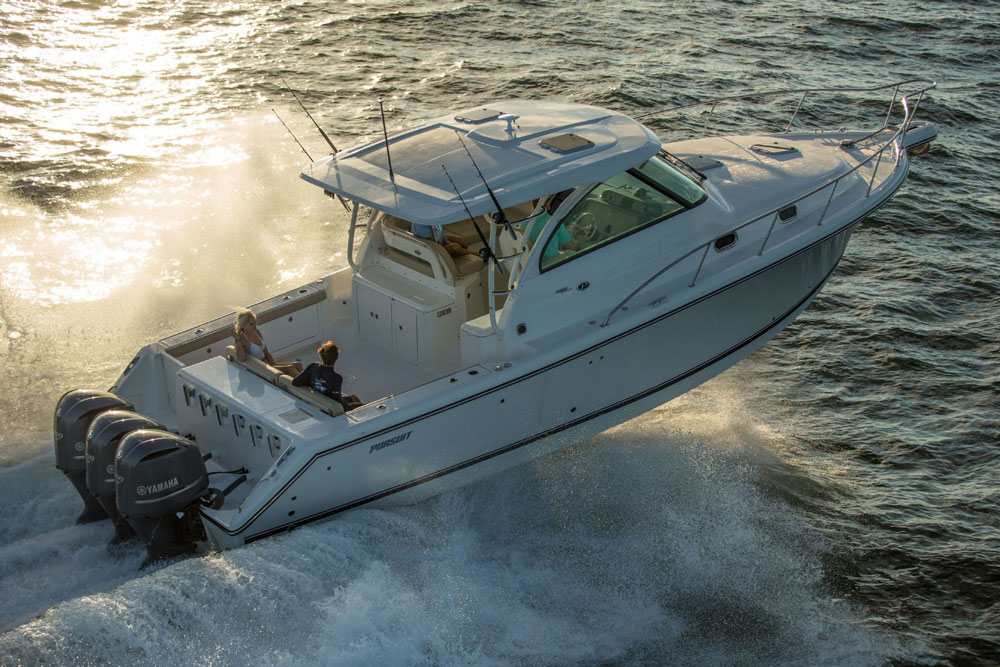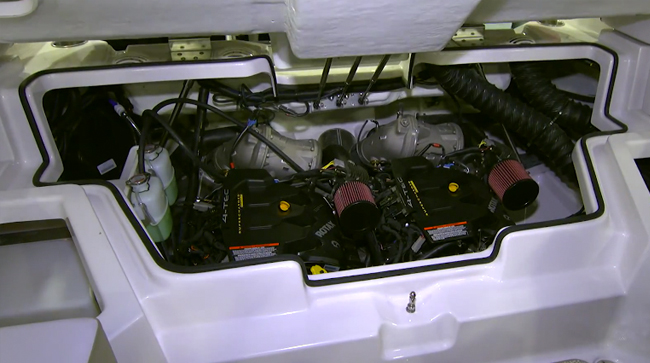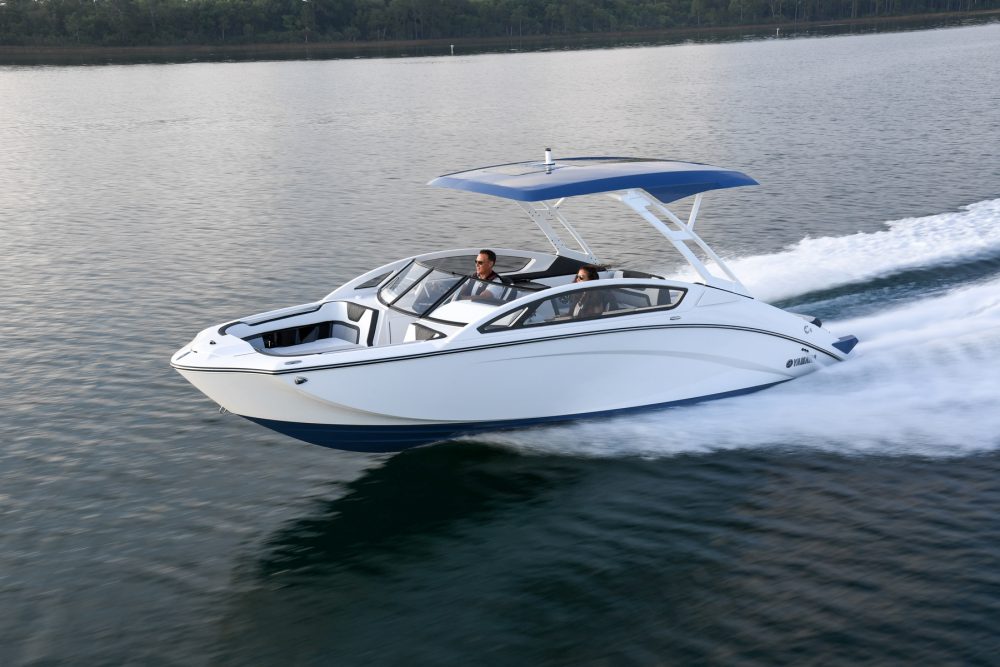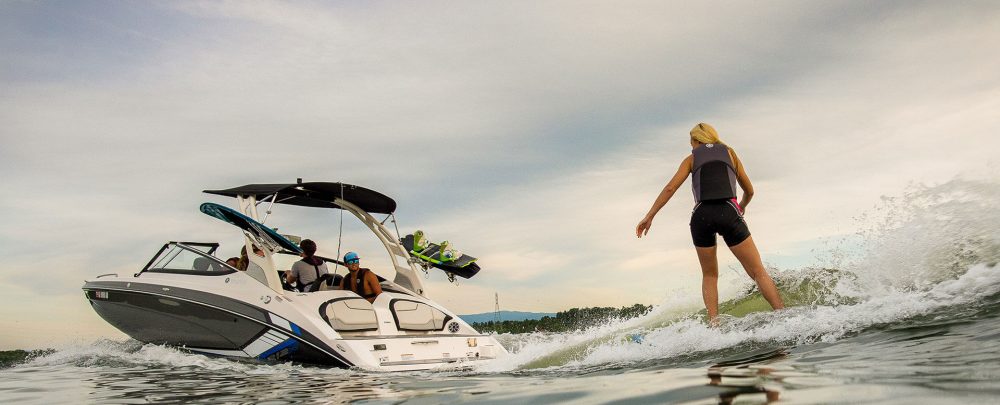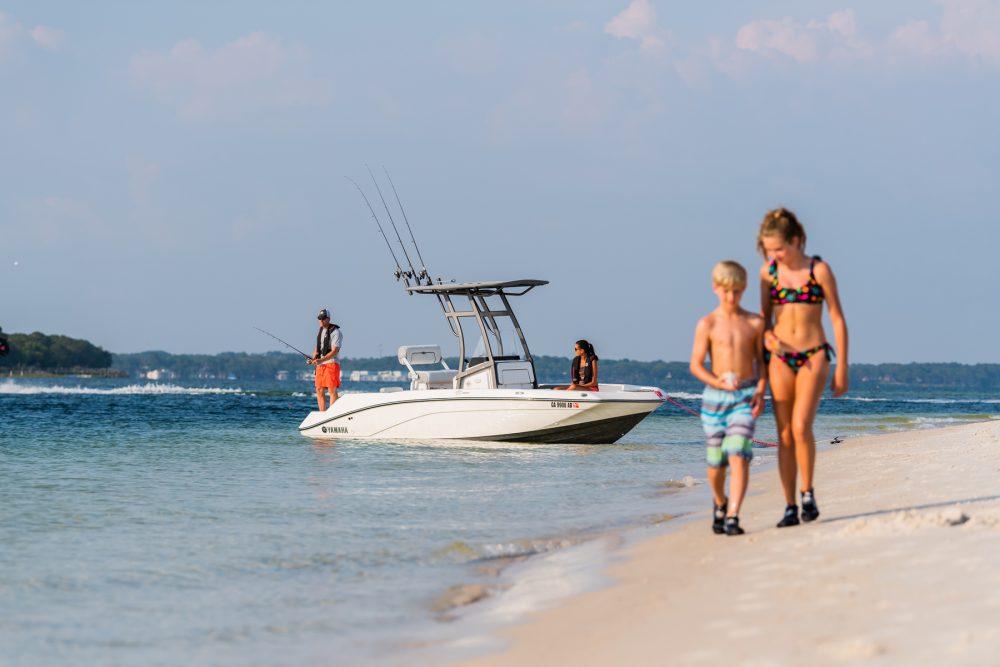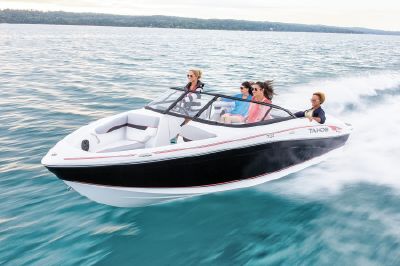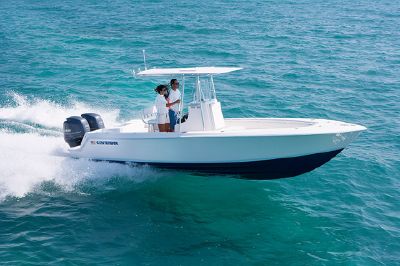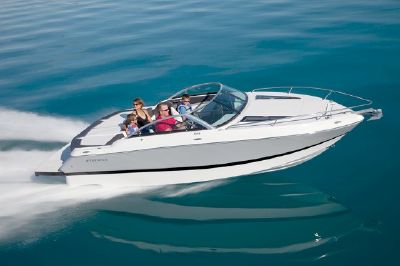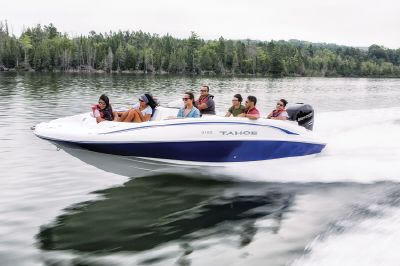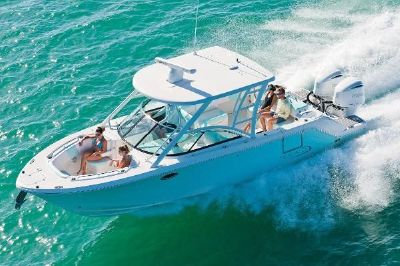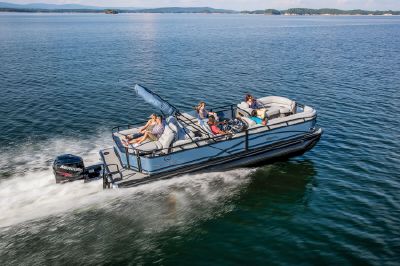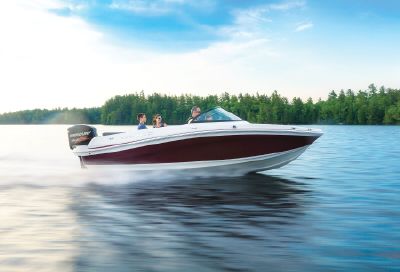Jet Boats
- Activities: Day Cruising and Watersports
- Length Range: 14 - 25 ft.
- Average price: $77,000
- Propulsion: Jet Propulsion
Jet Boats have proven their value, and now they're proving their popularity; take the 22 - 23 foot runabout class, for example. It's no surprise that this is a popular size range. Still able to be trailered and easy to fit beside the house or at the dock, they're also sizable enough to take on bigger waters, and accommodate more friends who want to come along for the ride. What might surprise, however, is the fact that the best selling 23-footer as of late is not powered by a conventional sterndrive, but instead a jet.
Jets are for real, and this relative newcomer to the runabout market is proving it. Along with Sea-Doo and other jet manufacturers, jets are overcoming the stigmas that once plagued them, and are becoming just another propulsion alternative. Why? Let's look closer.
Draft/Safety: Jets have always touted their superior draft advantage. Unlike a sterndrive, a jet's typical draft is only about 12". That allows them to go in shallower waters with ease, and eliminates much of the worry of running aground or doing drive damage in skinny waters. Likewise, jets are touted as being far safer than a prop-driven boat. The jet pump is enclosed. There's no whirling prop, and no bulky hardware to potentially strike or injure a swimmer or skier.
Visibility/Acceleration: Jets are also typically quick to plane with little bowrise. That gives them a superior visibility advantage, as the captain rarely loses sight of what's ahead as the boat comes on plane. On some sterndrives, a driver can lose that forward vision for as much as three to four seconds. That acceleration is also thrilling, something that a sterndrive will be hard-pressed to match.
Handling: And then there's a jet's E-ticket handling experience. Grown-up or not, jets still have a ride that appeals to our inner teenager. With the thrust able to be redirected in a flash, jets are quick and nimble. Give the wheel a quick jerk, punch the throttle, and your average jet will leave a sterndrive in its wake. Most jets also don't typically bank as severely as a sterndrive, enhancing the driver's feeling of control.
That said, jets aren't the perfect choice by any means. They still have their disadvantages as well. Some of those negative traits, however, I attribute to experience. Boaters with a background in sterndrives will always seem to struggle slightly transitioning to a jet. Still, I've seen experienced jet boat drivers handle their boats with utter precision. Like anything, it takes practice.
Still, here's what the critics will say:
Reverse: Jets can't reverse the direction of their impeller. Reverse is accomplished by dropping a bucket over the stream of water exiting the pump. These buckets essentially redirect that water forward. Likewise, a jet has no real neutral; it's always in gear. The bucket only partially deflects the water, mimicking the true neutral enjoyed by a sterndrive, V-drive, or inboard.
Low-speed handling: Jets also tend to suffer in low-speed maneuvering around the dock. That jet thrust is an advantage at times, but a skeg or rudder in the water is often missed in this regard.
Efficiency: Jets also are slightly less efficient, despite many claims. Apples to apples, fuel consumption is slightly higher with a jet. Still, it's not enough to dissuade someone from making a purchase.
I don't think jets are any better than a sterndrive. But I also don't think they're any worse. What they are is what the manufacturers have long hoped—another legitimate alternative in propulsion, one that's at least worthy of consideration before your next purchase.
